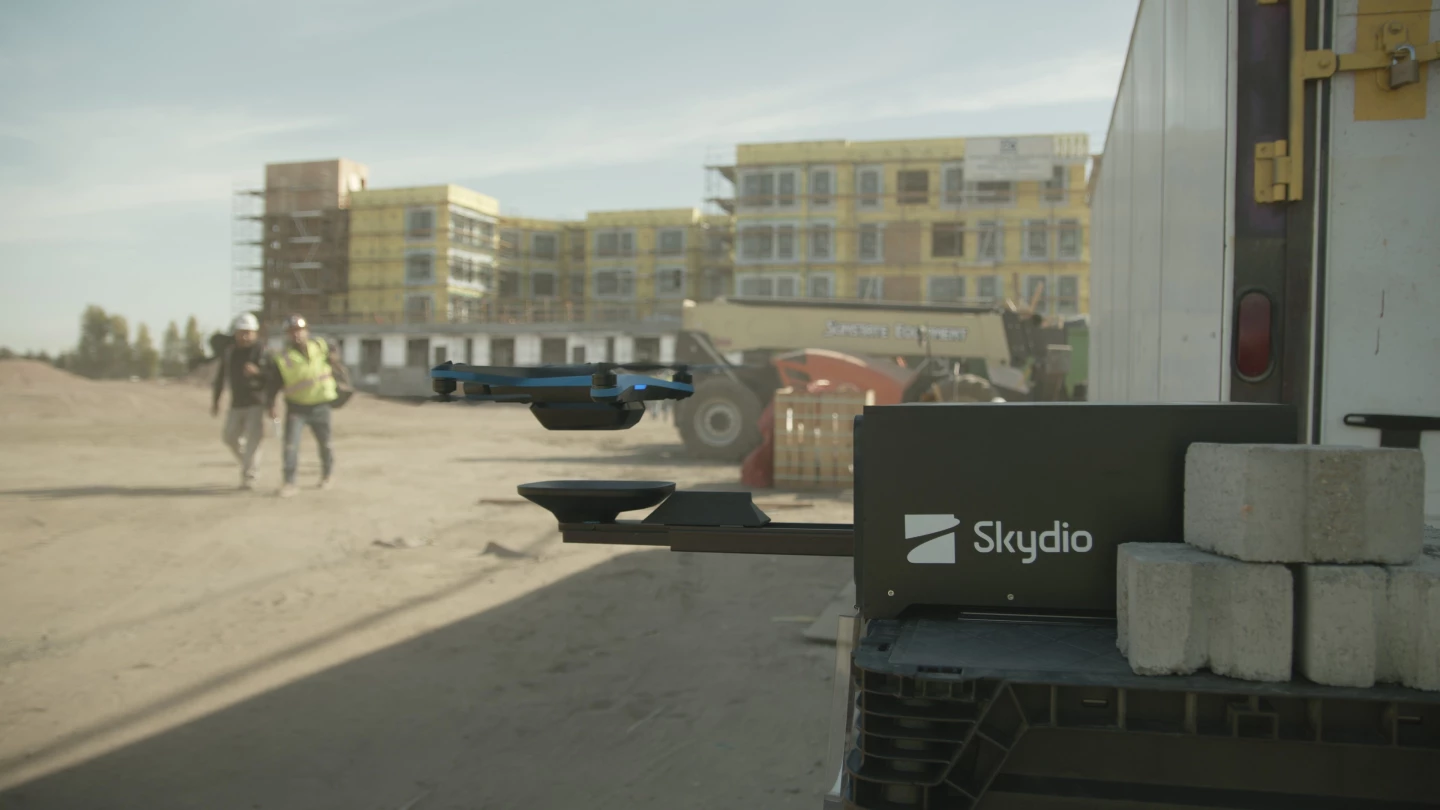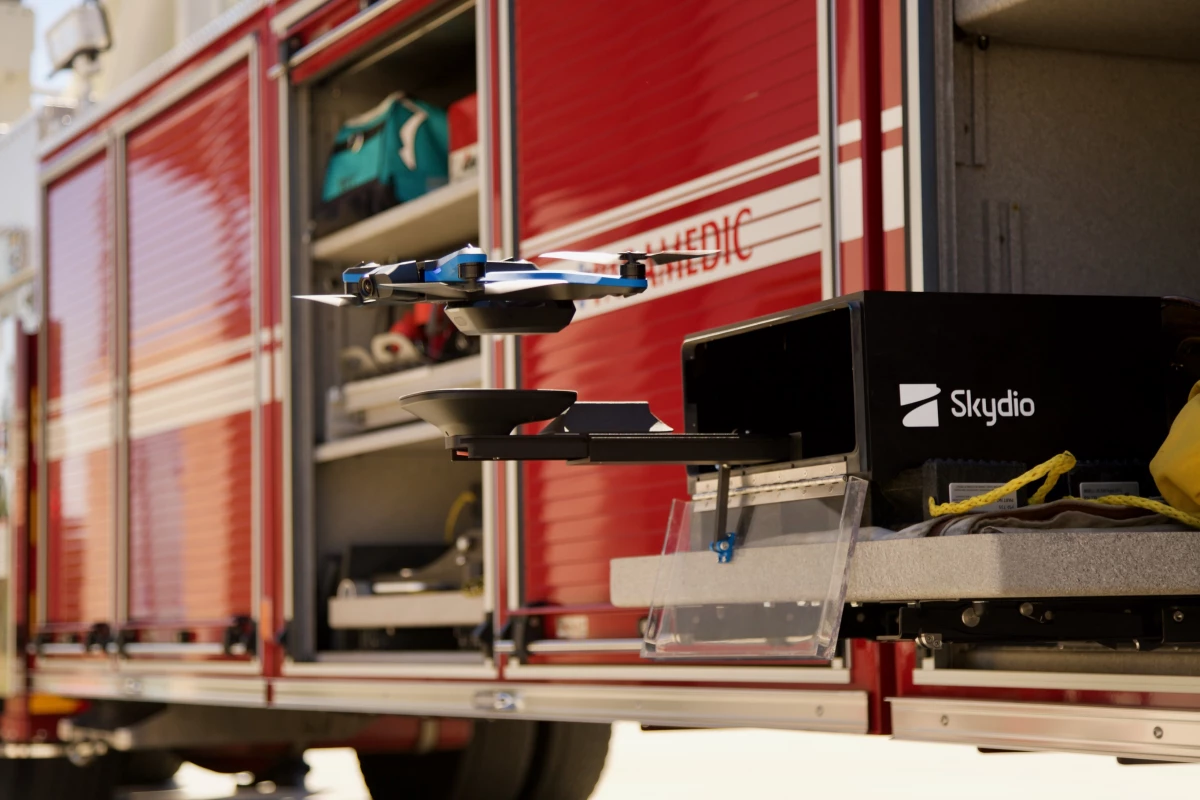Skydio released an impressive self-flying camera drone in early October that may well take autonomous flight to a whole new level, and it could soon have the self-charging capabilities to go with it. The company has swiftly followed up with the reveal of a portable box that acts as a recharging base station for the drone, allowing it to carry out successive missions without human intervention.
Quadcopters like the Skydio 2 drone have great potential for folks looking to take aerial photos and video, for farmers inspecting their crops, and for construction workers inspecting their job sites. They can’t, however, fly for very long without needing to be hauled in for a recharge, but there are a few inventive solutions to this problem on the horizon.
We have seen wireless charging platforms that could allow drones to come down for a while, refuel and then go again, along with more complete container devices that safely store the drone when it is not in use. On the more ambitious side of things, some research projects are even making promising advances with technology that can recharge drones in mid-air through things like flying batteries.
The idea, of course, is that the autonomy of these drones needn’t be interrupted every 20 or 30 minutes so that humans can recharge them or swap their batteries. Instead, they could be assigned a task, like to map a disaster zone and search for victims, and stay on the job for 24 hours. Or perhaps indefinitely.
These possibilities are very much in the sights of the Skydio team, which is looking to let the autonomous capabilities of its latest creation off the leash entirely. It has today shown off a concept for a self-contained base station for the Skydio 2 drone that is weatherproof, can be transported in a carry-on suitcase and then set up in minutes.

From there, the flight software enables the drone to use its six onboard cameras to build a 360-degree map of the environment, dodge obstacles and film its surroundings, before coming down to recharge. It would do this by landing on a small platform attached to a motorized arm that extends outward from the box and pulls it in to charge the batteries.
Skydio doesn’t go into specifics on things like charging times for the Dock concept, but is keen to emphasize its simplicity and describes similar systems as “massively complex, expensive, and impractical.” It’s also worth noting that having autonomous drones flying in commercial settings without human supervision isn’t entirely legal, though some, such as UPS, are gaining exemptions to these strict regulations.
To that end, Skydio hasn’t offered a price for the Skydio 2 Dock or a release date, but does say it is looking “forward to partnering with our first customers and regulators to roll this product out responsibly.”
The video below shows the Skydio 2 Dock in action.
Source: Skydio





